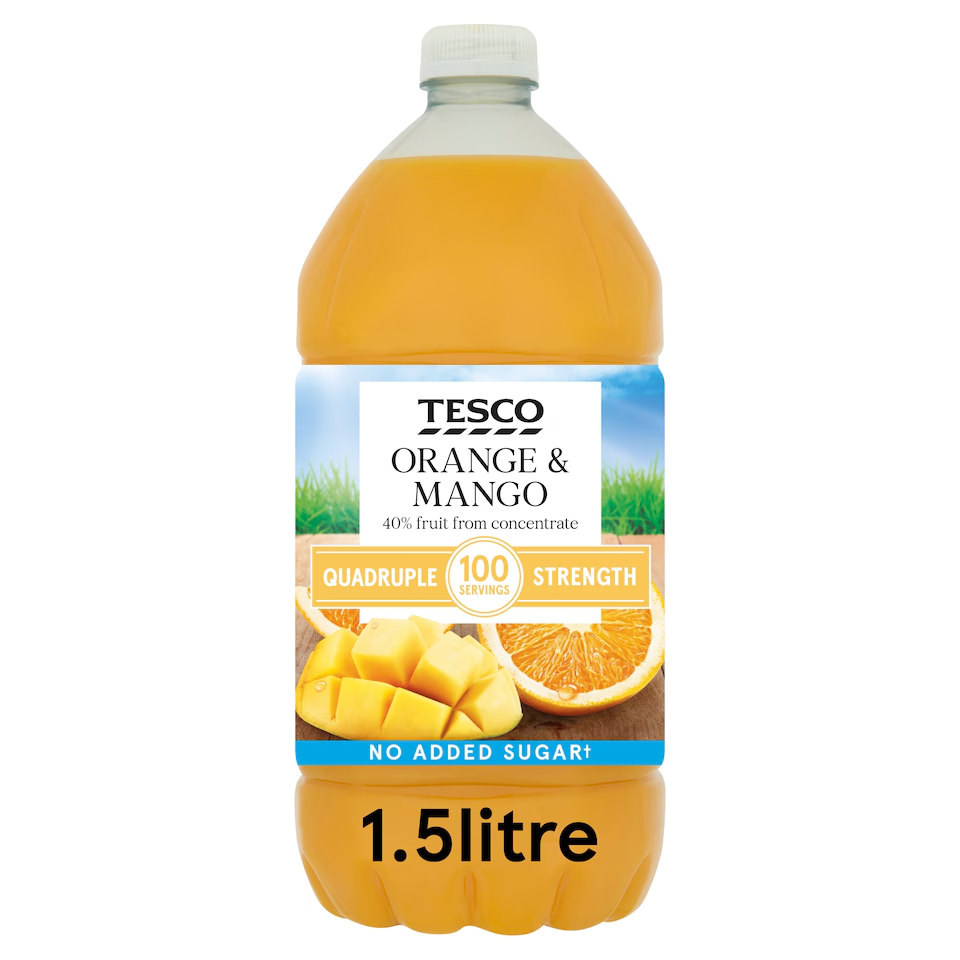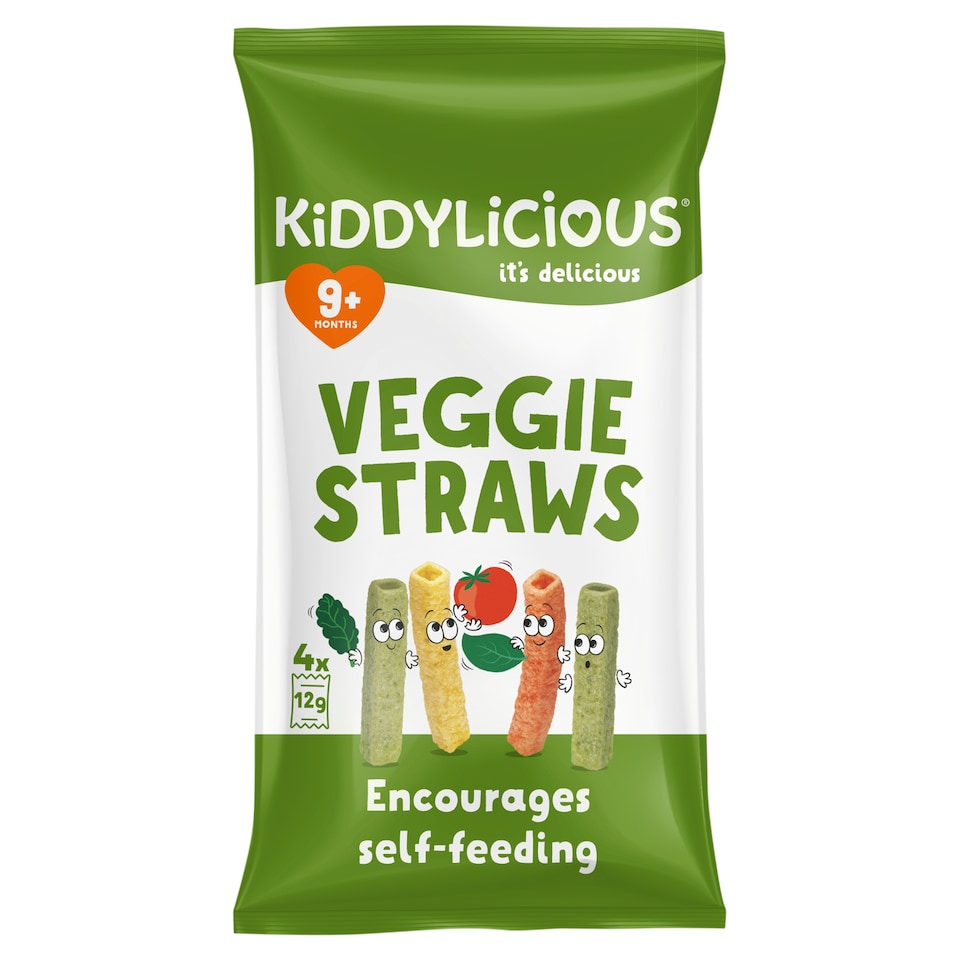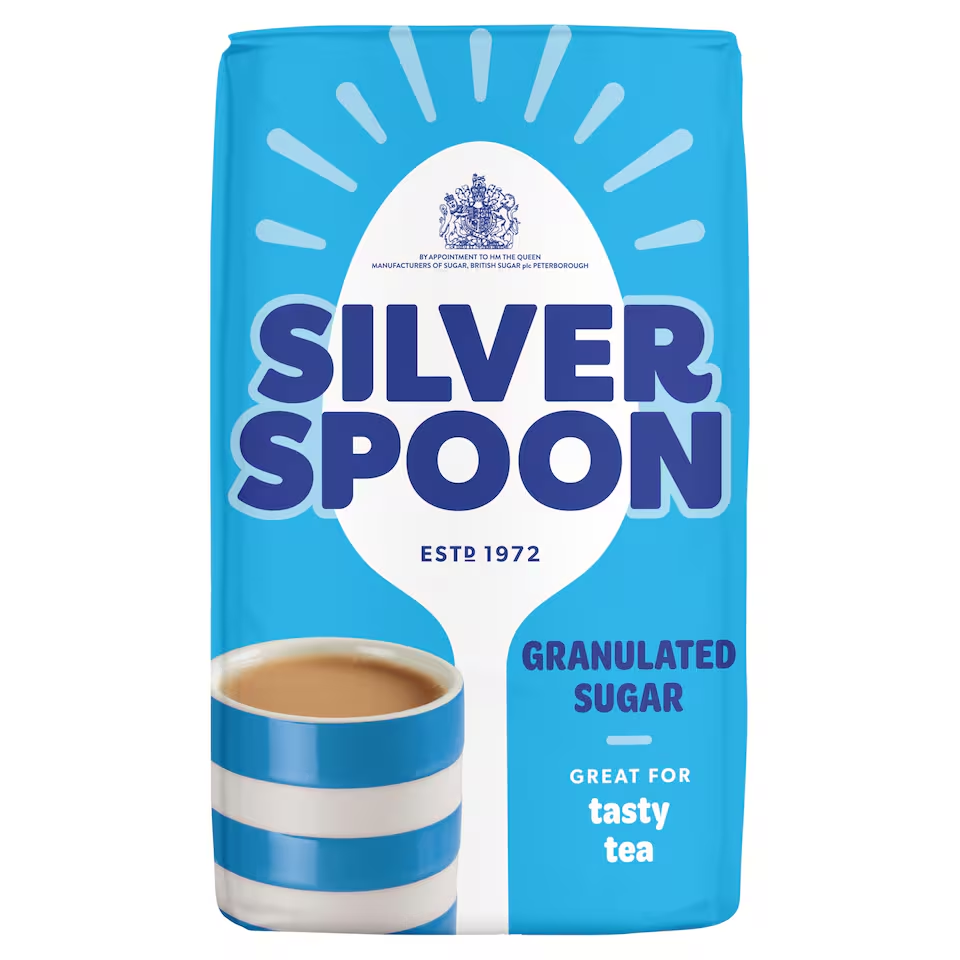
How Modern Shopping Simplifies Your Life
Shopping has been an integral part of human culture and community life for centuries. In the UK, this long-standing tradition is beautifully embodied by bazaars and street markets that brim with energy, variety, and a strong sense of connection between sellers and customers. These traditional markets, with their vibrant stalls, lively chatter, and sensory overload, have long been the heart of neighborhoods.
However, today’s busy lifestyles call for something different, something faster, more efficient, and just as reliable. Enter the modern convenience store, like London House in Worcester. These stores bring everything shoppers need under one roof, transforming the way everyday shopping gets done. This blog explores the charm of traditional bazaar shopping, the rise and advantages of convenience stores, and how modern shopping is making life easier without losing the sense of community that matters.
The Unique Allure of Traditional Bazaar Shopping
Walking through a traditional bazaar in the UK is an immersive experience. Imagine streets lined with dozens, sometimes hundreds, of small stalls selling everything imaginable: fresh vegetables freshly picked that morning, fragrant spices and herbs, baked goods still warm from the oven, handmade crafts, vintage collectibles, and bargains waiting to be found. The air is thick with the aroma of fresh bread, sizzling street food, colorful fruits, and the sounds of friendly bartering.
Shopping at bazaars is as much about the journey as it is the purchase. Shoppers stroll among thriving vendors, discovering new products, chatting with stall owners, and often negotiating prices. This process creates a social atmosphere where relationships are formed and maintained. Familiar faces become part of one’s routine, and many such markets have been family-run businesses for generations, fostering intergenerational trust and tradition.
Despite its vibrancy and character, shopping at bazaars comes with challenges. To find everything needed for the week, shoppers often have to visit multiple stalls, sometimes spread out across several streets or sections of the market. This requires considerable time, walking, and carrying capacity, often with little assistance for those who are elderly or pressed for time. Moreover, traditional markets typically operate within specific hours, limiting when customers can shop.
While bazaars offer fresh products and unique finds, the experience may involve long waits during busy times and an unpredictable stock, especially if shoppers arrive late or on less busy days. The charm of randomness and exploration is undeniable, but so is the occasional inconvenience for those who need efficiency.
The Rise of Convenience Stores: One Stop, One Shop, Anytime
Modern convenience stores like London House have revolutionized retail by combining a wide selection of products and services in a compact, accessible format. Instead of visiting many market stalls, customers can now find everything from fresh dairy and daily essentials to snacks, beverages, personal care items, and even ready-to-eat meals all under one roof.
This transformation aligns perfectly with the demands of contemporary life where time is precious and routines are hectic. Convenience stores offer numerous benefits:
- Efficiency in Shopping: No need to wander between stalls or carry bags across great distances. Shoppers can quickly locate what they need in orderly aisles, with products categorized for simple navigation.
- Extended Opening Hours: Unlike traditional markets, many convenience stores open early and close late, even 24 hours in some cases giving customers the flexibility to shop according to their own schedules.
- Consistent Availability: With sophisticated supply chains and inventory systems, convenience stores ensure popular products are consistently stocked and fresh.
- Technological Integration: Modern conveniences such as contactless payment, digital loyalty programs offering personalized discounts, and even in-store or online ordering options enhance the shopping experience.
- Additional Services: Many stores provide bill payment, parcel collection, and community noticeboards all designed to simplify daily errands beyond grocery shopping.
By focusing on accessibility and customer service, convenience stores meet the fundamental needs of time-stressed families, professionals, students, and elderly residents alike.
Preserving Community Spirit in a New Format
Though convenience stores may seem like an impersonal evolution from traditional markets, many are committed to retaining the sense of community that shoppers value. Local stores often employ staff from the neighborhood, who understand the unique preferences and needs of their customers. Regular visitors receive a warm welcome, personalized recommendations, and genuine care.
Moreover, community-centered stores actively engage with nearby schools, charities, and local events, supporting the area’s social life. They become gathering points where neighbors meet, exchange news, and strengthen communal bonds. Rather than replacing bazaars’ social role, convenience stores like London House are reshaping it for modern times faster but still friendly, efficient but still connected.
Shopping Experience: From Exploration to Convenience
The essence of shopping has shifted from exploration to expediency. Traditional markets invite shoppers to discover and browse, often motivated by curiosity and the hunt for novelty. This leisurely pace can be enjoyable but may not fit everyone’s daily needs.
In contrast, convenience stores cater to purposeful shopping. They feature clearly labeled products and familiar brands, creating a predictable and quick experience. However, this does not mean choice is sacrificed; modern convenience stores curate their offerings carefully, balancing local specialties, fresh items, and ready-to-consume goods.
This curated inventory appeals to consumers who want quality and variety without the unpredictability of an open market. At the same time, amenities like seating areas, coffee bars, and digital interaction points add an inviting atmosphere akin to the sociability of street markets.
Sustainability Considerations: A Common Responsibility
Both traditional markets and convenience stores have environmental impacts and responsibilities. Bazaar vendors frequently source products locally, reducing transport emissions and food miles. Their low packaging use supports reduced waste. However, markets may waste produce if unsold and rely on single-use bags unless customers bring reusables.
On the other hand, convenience stores integrate advanced supply chain logistics to optimize stock levels, minimizing waste and spoilage. They often introduce recycling programs, eco-friendly packaging options, and carbon footprint monitoring to reduce environmental impact. While convenience stores may involve more packaging overall, their efficiency and scaling offer opportunities for sustainability investments that traditional markets cannot match on their own.
Consumers today appreciate and expect retailers to champion green practices, which best flourish when both shopping formats adopt conscious sourcing, waste reduction, and local partnerships.
Personal Wellbeing and Social Interaction
Beyond products and services, the shopping approach influences personal wellbeing. Traditional markets provide daily outings that double as social hubs. Interactions with friendly vendors and fellow shoppers help foster mental wellbeing and reduce isolation, particularly in older adults.
Convenience stores strive to maintain these connections within their premises but also meet the need for swifter, simpler access. They focus on customer care, recognize regulars, and create inclusive spaces where everyone feels welcomed. Both formats, each in its style, contribute positively to community mental health.
Convenience Stores as the Evolution of Markets
Rather than viewing convenience stores as replacements for bazaars or traditional shopping areas, it’s more accurate to see them as an evolution. They retain the core value of serving the community’s everyday needs but adapt to changing lifestyles. Convenience stores bring the marketplace concept inside, offering shelter from inclement weather, organized shopping environments, and technological enhancements.
For customers in fast-moving towns like Worcester, this translates to lives made easier—quick access to essentials, less logistical hassle, and still a sense of local belonging.
THE BEST OF BOTH WORLDS: CHOOSING WHAT SUITS YOU
There is room in modern retail for both shopping experiences:
- Weekend mornings or special occasions might still call for the colorful, unpredictable, and festive atmosphere of a bazaar or street market.
- Any day of the week, especially busy weekdays, the convenience of a well-stocked, friendly convenience store like London House means errands are done quickly, smoothly, and conveniently.
By embracing both, shoppers get choice, freshness, sociability, and efficiency all at once. Retailers, too, benefit by focusing on quality, service, and sustainability, fostering long-term community prosperity.
CONCLUSION: SHOPPING THAT FITS MODERN LIFE WITHOUT LOSING TRADITION
From walking down bustling market lanes to grabbing essentials in one go at the corner store, shopping in the UK is evolving while retaining its roots. People value choice, speed, and convenience more than ever but also cherish human connections and local spirit.
London House Store stands at this intersection, delivering the best of both worlds. It offers modern convenience, consistent quality, and sustainable service all with a friendly face and community heart. In a fast-changing world, this is how shopping truly makes life easier.
Whether you’re reminiscing about past market days or looking for an efficient one-stop shop, London House welcomes you to experience convenience redefined, where everyday lives become simpler, better connected, and more enjoyable.






